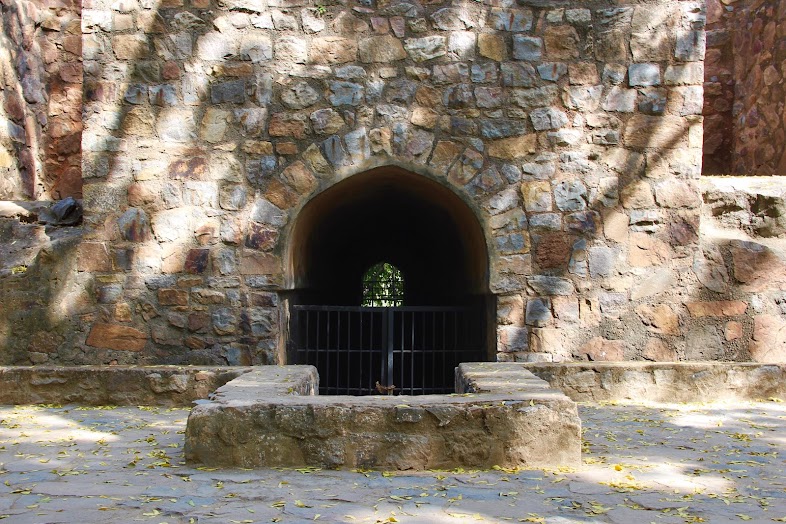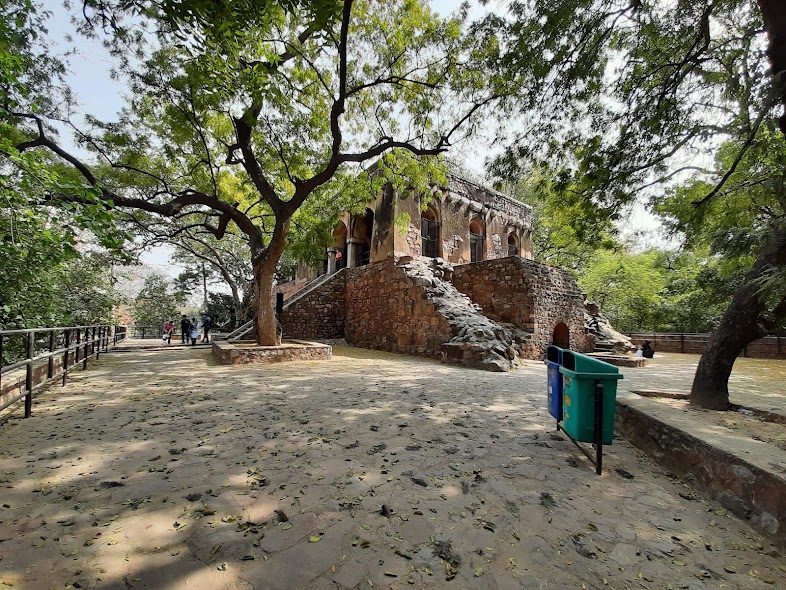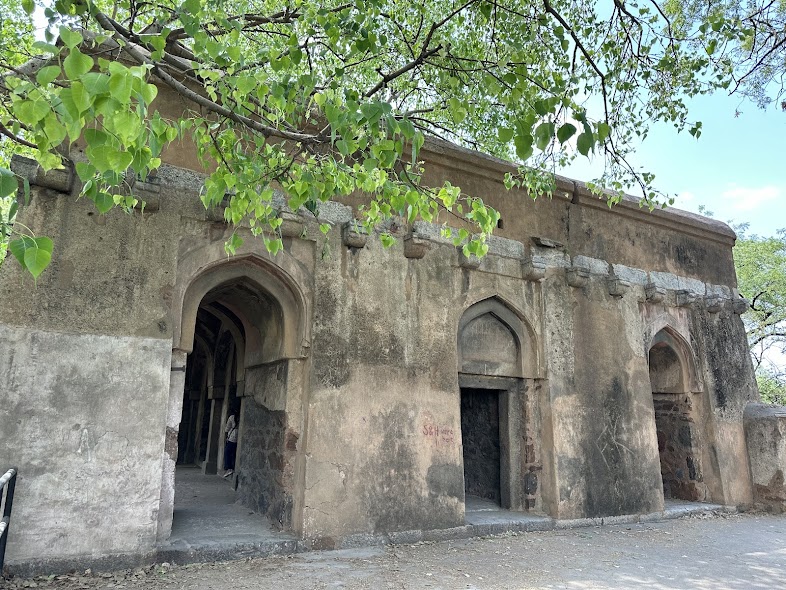


.jpg)
Kushak Mahal, also known as Shikargah, was built in the 14th century by Firoz Shah Tughlaq, a prominent ruler of the Tughlaq dynasty in Delhi. It served as a hunting lodge (Shikargah), where the sultan and his entourage could rest during hunting expeditions. Located within the grounds of Teen Murti Bhavan, now a museum dedicated to India's first Prime Minister, Jawaharlal Nehru, the Kushak Mahal is also close to the Nehru Planetarium. The structure is a typical example of Tughlaq-era architecture, known for its simplicity and strength. The hunting lodge is a near square-shaped structure, featuring three open bays, with each bay divided into three compartments. The building is constructed in local stone, and its architectural style reflects the military and functional nature of Tughlaq buildings, which often combined practicality with a sense of grandeur. Today, the Archaeological Survey of India (ASI) protects this monument as part of India's cultural heritage. The lodge's placement in the peaceful surroundings of Teen Murti Bhavan grounds adds a historical dimension to a location associated with modern Indian history. Kushak Mahal's function as a hunting retreat gives insight into the recreational practices of the Tughlaq court and serves as a reminder of Delhi's rich medieval past, blending with the city's later historical layers.